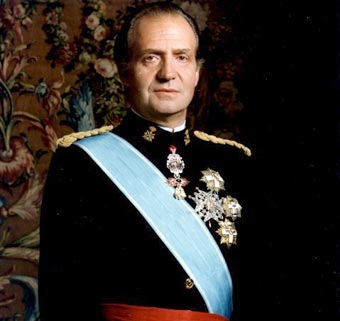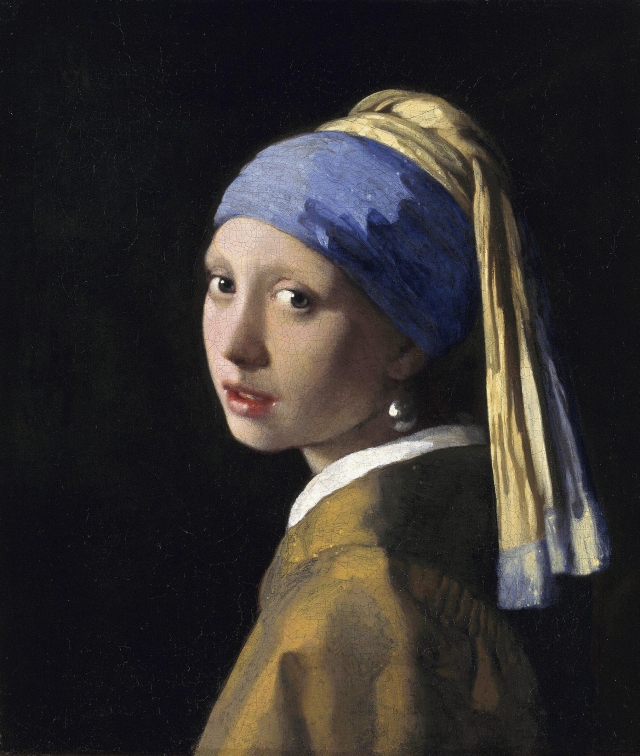Today in the class of Social Sciences we have started correcting the scheme we have to do, a summary about the Radical Stage: Girondist Convention (1792-1793) and Jacobin Convention (1793-1794) known as the Reign of Terror.
- The Girondist got the majority between 1792-1793. They faced Louis XV'I trial and a foreign evasion. They represented the commercial bourgeoisie.
- The Jacobin Convention gave the executive power to the Communities of Public safety (9 members first, 12 members after)
Then, the caretaker has come to the class to give us a letter about tomorrow. The letter said that we have to stay on the High School until 12 o'clock and we will have some activities to choose or something like this after the chocolate with fritters.
After talking about tomorrow Paqui has explained the Reign of Terror. She has said that liberties were suspended and the Comittee of General Security was in charge of chasing and judging the suspected counter- revolutionaries and all the people considered a threat to national security. This is the process or definition of Reign of Terror, which had started during the Girondist Convention. Paqui also has said that they didn't have election to choose because if they used the violence means that they were equeal to who used the violence before, the superiors. So, 16.000 people were guillotined in nine months. With the explanation of this Reign Paqui has said a sentence about this bad period : "It's dreadful, but necessary" (Journal d'autre monde 1794). They know that it was bad and dangerous for their lifes but they couldn't do anything different.
Source: http://en.wikipedia.org/wiki/Reign_of_Terror
For the end of the class, we have looked the French Republican Calendar. The name of the days, the months,etc are so curious:
- primidi
- duodi
- tridi
- quartidi
- quintidi
- sextidi
- septidi
- octidi
- nonidi
- décadi
We also have seen the revolutionary calendar : The Catholic Church used a calendar of Saints, which named each day of the year after an associated saint.
My saint is on 13th July, so in this calendar my saint corresponds to "Pintade (Guinea fowl)"
I hope that all of you have good marks and results of the term and nothing more, only Merry Christmas and a happy new year!!
See you the next year, bye ;)

Source : http://webneel.com/30-beautiful-new-year-wallpapers-your-desktop























.jpg)









